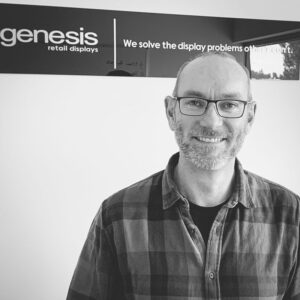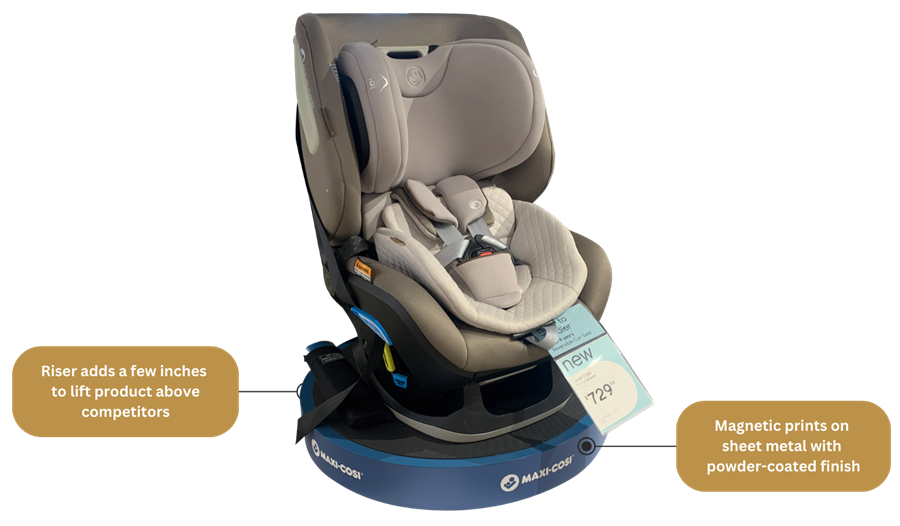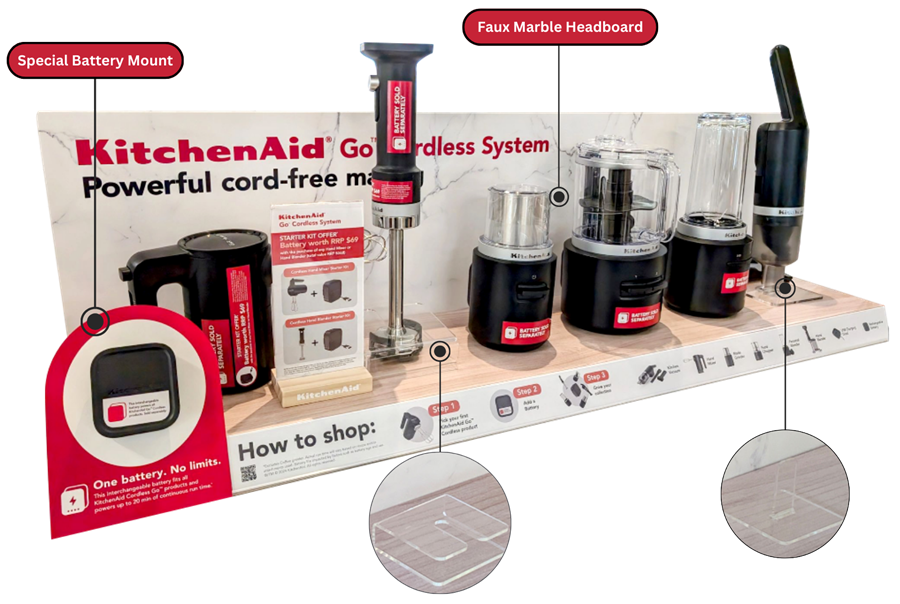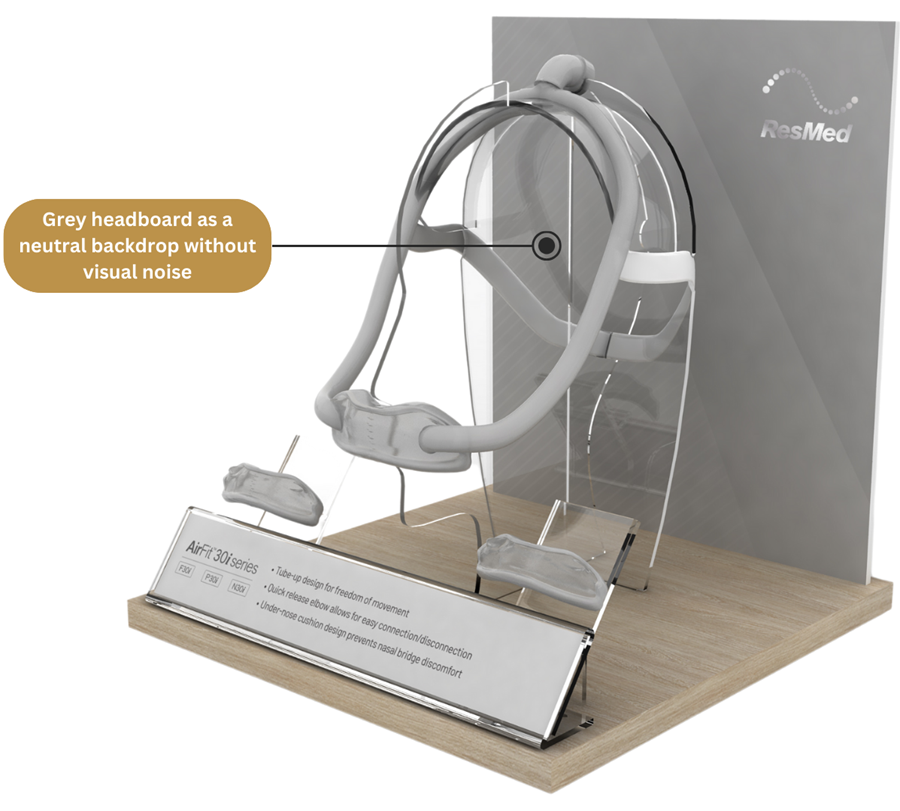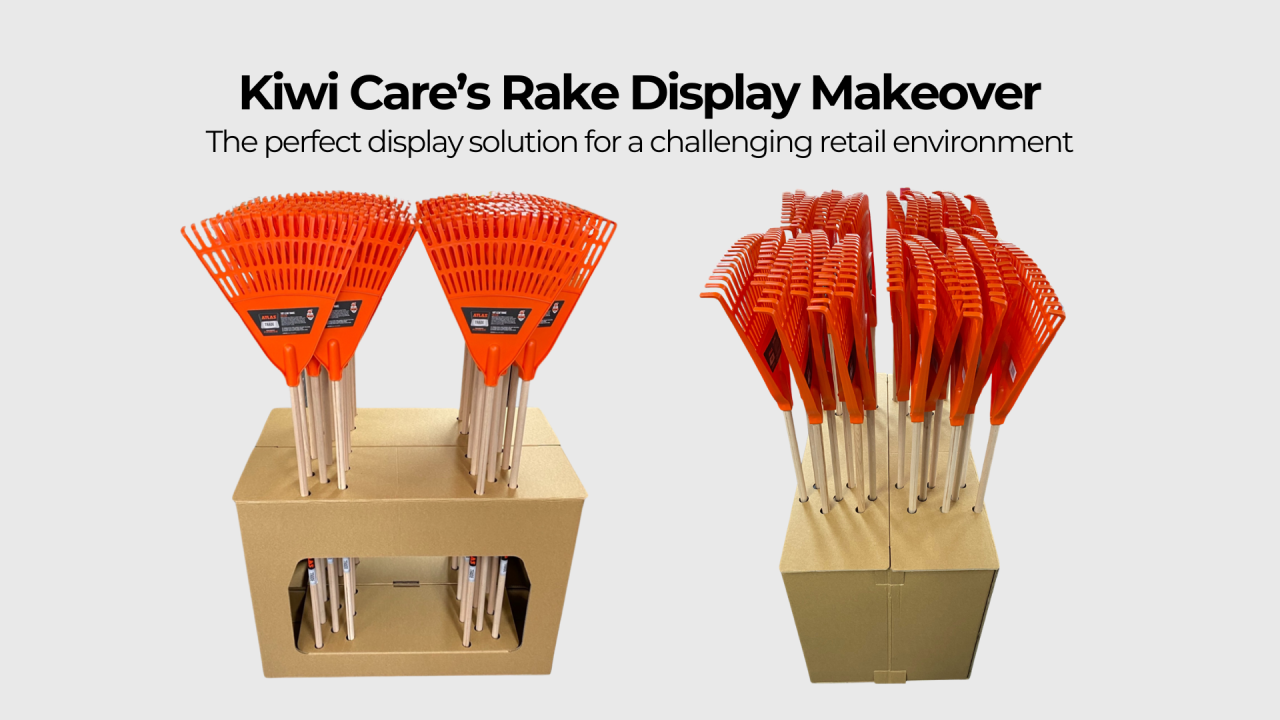5 Steps When Creating Product POS Displays
Secrets revealed from the world's leading brands
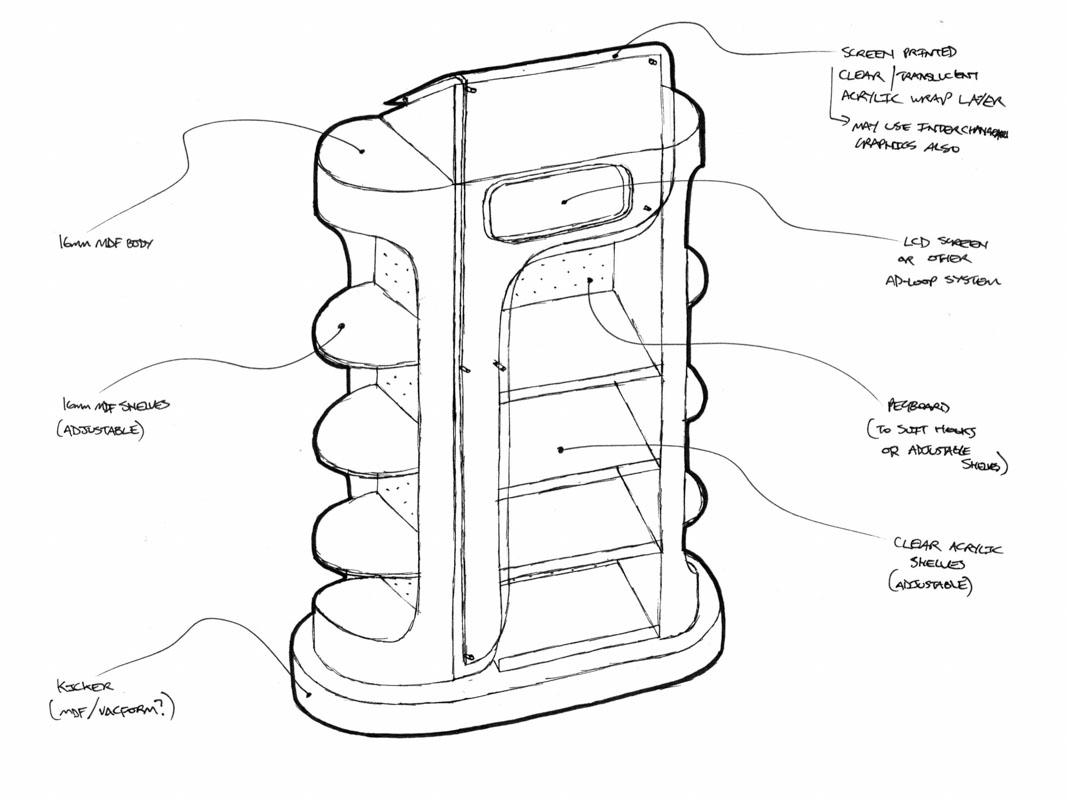
Genesis Retail Displays deals directly with some of the biggest brands in the world that need to create product point of sale displays. They all tend to follow the same steps to create a successful point of sale display executions and together with our guidance, we can make the design process efficient and effective which saves time & money.
Using this as a guide can help narrow down your brief, improve the clarity of the quotes you receive & most importantly, create an amazing point of sale display.
1. START AT THE END
Ok sounds weird right, why would be starting a process at the end? Well, what we mean by this is you need to have a pretty clear idea of the return on investment you are looking to achieve out of your point of sale execution. You might be lucky and the trade marketing budget isn’t compared directly to sales revenue.
Although the really clever marketers make sure their spend is tied into the sales volumes because it helps them secure management approval for further funding & you also get the sales team on the side at the same time – it becomes a win-win.
The other reason for doing this is that you can clearly define your budget so that any spending doesn’t eat up company profits, but you can also cover the number of stores required with the right cost per display determined. There is no point in getting designs for elaborate displays if you need to cover 100 stores, but the budget only allows for 10.
So working out your financials first is the right thing to do while having an eye on ROI
2. DESIGN EXPLORATION
In some cases, a trade marketing manager might simply want to refresh an existing design so in that case there is little to do other than replicate existing point of sale designs. Although if you are starting from a clean sheet of paper it is important to keep an open mind so that your design agency can have the freedom to explore ideas with you.
You get better value out of their time & can end up with a better quality point of sale design that drives more sales. So enabling more options to be explored & design ideas is a great way to go.
3. COLLABORATION
There is no point engaging a design agency to create custom made bespoke POS display solutions if the people involved are not ready to collaborate and build ideas together. When you use a design agency there is a degree of subjectivity so it is important to build clear opinions and leverage the experience of colleagues so that this can be fed back into the design agency work to refine a solution.
This becomes especially important if the brand has already tried other POS Display solutions in the past and has learnings, good or bad, that can be used in new executions.
4. LOGISTICS
The fun part is working on a new design to show off your product in a store. Although quite a few marketing teams don’t spend enough time thinking about logistics. How will the displays get into the stores? Directly from the POS Display Manufacturer, from a central distribution hub, via a merchandising company?
Getting it into the stores is one thing, but then how and who will set it up? If it is a complex design it might need additional help or instructions provided for retail staff.
In any scenario, there is an additional cost involved that has to be factored into your overall budget.
5. PROTOTYPING & HARD COPY ARTWORK PROOFING
Never. Ever. Skip this step.
This is one of the biggest gaps that we see where brands trust what they see on a screen or via an email. Genesis Retail Displays adheres to this step (despite the occasional plea to skip this) and it has successfuly flushed out or eliminated many otherwise damaging small mistakes or problems before going into production.
Don’t forget to measure results
The success of your point of sale display program can be measured in many different ways. Each brand or product will have different priorities which could include;
- Sales growth
- Market share gain
- New category introduction
- Seasonal promotion campaign sales program
- Fighting off competitors
- Growing retail share of shelf
Whatever it is, the success should be measured so that trade marketing, brand or product marketing & the sales team can use this information to justify not only further spending but secure ongoing retailer support. This makes it easier to justify POS Display investments compared to other forms of marketing

